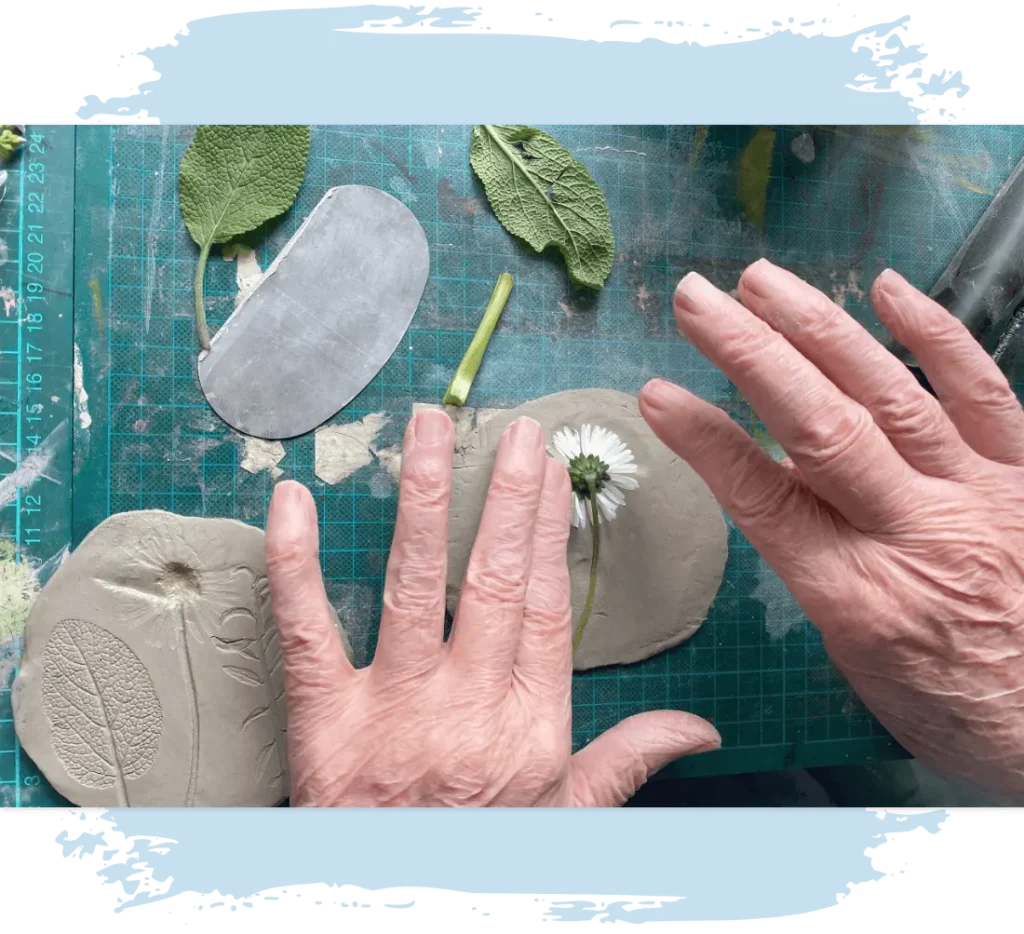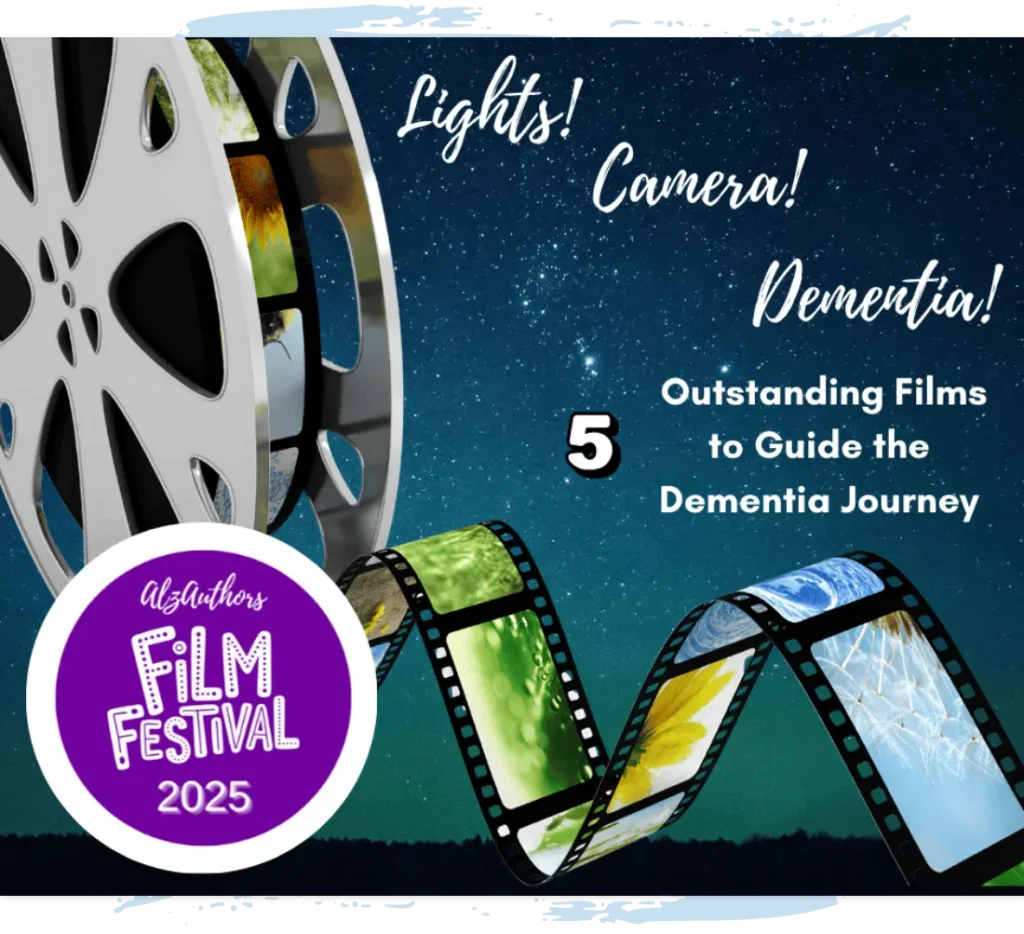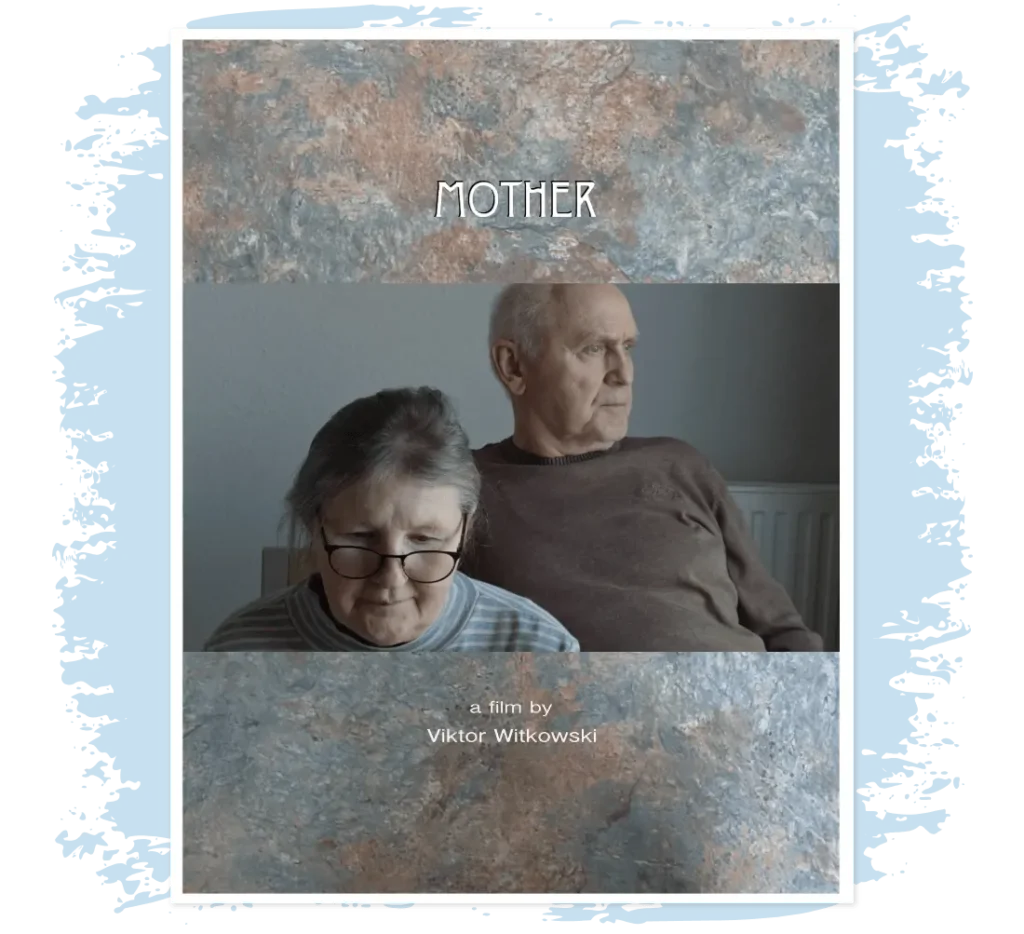“I think that painting is all about memory,” said Patricia Utermohlen, renowned art historian and dementia caregiver to her husband William who battled Alzheimer’s for over a decade. An artist his whole life, William Utermohlen continued his work after his diagnosis in 1995 at Queen Square in London and his self portraits provide a unique journey through Alzheimer’s disease. Utermohlen continued painting until 2002 and passed away several years later.
Chris Boicos Fine Arts displayed Utermohlen’s works in an exhibit in 2016 appropriately titled “Persistence of Memory”. The paintings included in this exhibit can be viewed sequentially here.
“Blue Skies” (1995) is a self-portrait painted after receiving his diagnosis. Patricia speaks about the haunting grasp of the table and the open ceiling — an attempt to hold on. Even prior to this painting, Patricia can identify early changes in her husband’s works that mirrored changes in his cognition. For example, she notes William placing himself outside of a group of people and perhaps more subtly, the black color of a door. These glimmers of changes can be seen within the “Conversation Pieces” collection. These pieces are bold, bright and energetic – a contrast to some of his more muted self-portraits.
Through the rest of the 90s, Utermohlen continued to portray himself, but the paintings became more contorted. His eyes become more hollow, coloring more muted and overall more fragmented. As the disease progresses, we see an emphasis on the head and then a diminished ability to draw and paint. We see a devolution from detailed, intricate works to small fragments of drawings. Patricia profoundly states that while her husband died in 2007, he really died in 2002 when he could no longer paint.
The paintings of Utermohlen provide a unique window into the mind of a person living with Alzheimer’s disease, while dually providing an outlet for Utermohlen in the later stages of his life. Patricia speculates that her husband utilized his work as a way of communicating his fear and anger, as well as how he is seeing the world. Not only did Utermohlen pull back this curtain through his art for the public, but his presentation of Alzheimer’s was studied at Queen Square in London led by Dr. Rossor and documented in a case study.
Art has been proven to play a dynamic role in the lives of not only the Utermohlens, but the dementia community at large. Thanks in part to William’s contributions, dementia is more widely portrayed within the arts, and people living with Alzheimer’s are supported through art therapies.
Utermohlen’s contributions to the dementia community are extensive. To view his works online, please visit his website: https://www.williamutermohlen.org/
Other sources:
Interview with Patricia Utermohlen: https://www.youtube.com/watch?v=ODIe-5sNZ-0
https://www.newstatesman.com/culture/art-and-design/2012/05/review-william-utermohlen-1933-2007-retrospective











